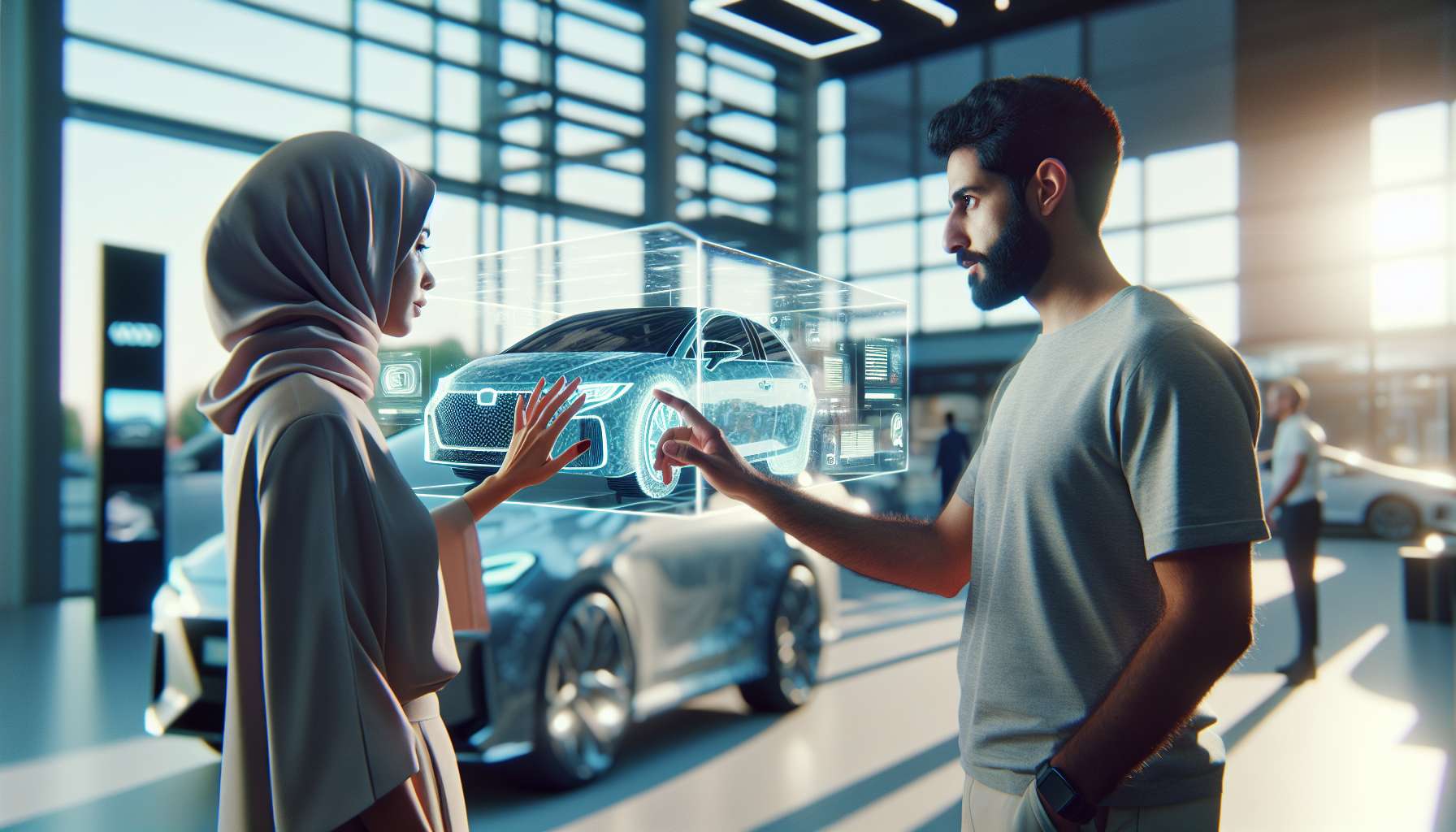Revolutionizing the Automotive Retail Experience with Augmented Reality
As technology continues to advance at an unprecedented pace, industries across the board are finding innovative ways to enhance customer experiences. One such industry that is embracing the power of technology is automotive retail. By leveraging the capabilities of augmented reality (AR), automotive retailers are revolutionizing the way customers interact with their products and services, ultimately elevating the overall retail experience.
What is Augmented Reality?
Before we delve into the exciting possibilities of AR in automotive retail, let’s first understand what augmented reality is. AR is a technology that overlays digital information, such as images, videos, or 3D models, onto the real world. It enhances our perception of reality by seamlessly blending virtual elements with the physical environment, typically through the use of smartphones, tablets, or smart glasses.
The AR Advantage in Automotive Retail
So, how exactly can AR enhance the automotive retail experience? Let’s explore some of the key advantages:
- Virtual Test Drives: One of the most significant challenges in automotive retail is allowing customers to experience a vehicle before making a purchase. AR solves this problem by enabling virtual test drives. Customers can use their smartphones or AR glasses to visualize how a car would look and feel in their own environment. They can explore different color options, interior configurations, and even take a virtual spin around their neighborhood.
- Interactive Product Visualization: AR allows customers to interact with virtual 3D models of vehicles, providing a more immersive and engaging experience. They can explore every detail, from the exterior design to the interior features, all in real-time. This level of interactivity helps customers make more informed decisions and fosters a deeper connection with the product.
- Personalized Recommendations: By analyzing customer preferences and behavior, AR can provide personalized recommendations tailored to individual needs. For example, based on a customer’s previous interactions with virtual car models, AR can suggest similar vehicles that may be of interest. This level of personalization enhances the customer’s journey and increases the likelihood of a successful sale.
- Streamlined Maintenance and Repairs: AR can also be utilized in the service department of automotive retailers. Technicians can use AR glasses to access real-time information and step-by-step instructions while performing maintenance or repairs. This not only improves efficiency but also reduces the chances of errors, resulting in faster turnaround times and increased customer satisfaction.
Real-World Examples and Results
Several automotive retailers have already embraced AR technology and are reaping the benefits. For instance, BMW introduced an AR app that allows customers to explore and customize their vehicles in real-time. This resulted in a 30% increase in customer engagement and a 20% rise in sales conversions.
Similarly, Jaguar Land Rover implemented AR technology to enhance the showroom experience. Customers can use their smartphones to visualize different vehicle configurations and explore additional features. This interactive approach led to a 70% increase in customer satisfaction and a 30% reduction in the time taken to complete a sale.
The Future of AR in Automotive Retail
The potential of AR in automotive retail is vast and continues to evolve. As technology advances, we can expect even more exciting use cases to emerge. Imagine being able to virtually customize your car’s interior, test drive multiple vehicles simultaneously, or even receive real-time driving assistance through AR glasses.
With the increasing adoption of autonomous vehicles, AR can play a crucial role in educating customers about the benefits and features of these advanced technologies. It can provide virtual demonstrations of self-driving capabilities, safety features, and even simulate real-world scenarios to showcase the potential of autonomous driving.
Conclusion
Augmented reality is transforming the automotive retail landscape, offering a multitude of benefits for both customers and retailers. From virtual test drives to personalized recommendations, AR enhances the overall retail experience, leading to increased customer satisfaction and improved sales performance. As the technology continues to advance, we can expect even more exciting developments in the future. So, if you’re in the automotive retail industry, it’s time to embrace the AR experience advantage and stay ahead of the competition.





